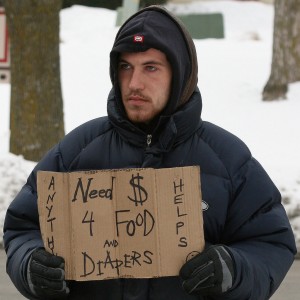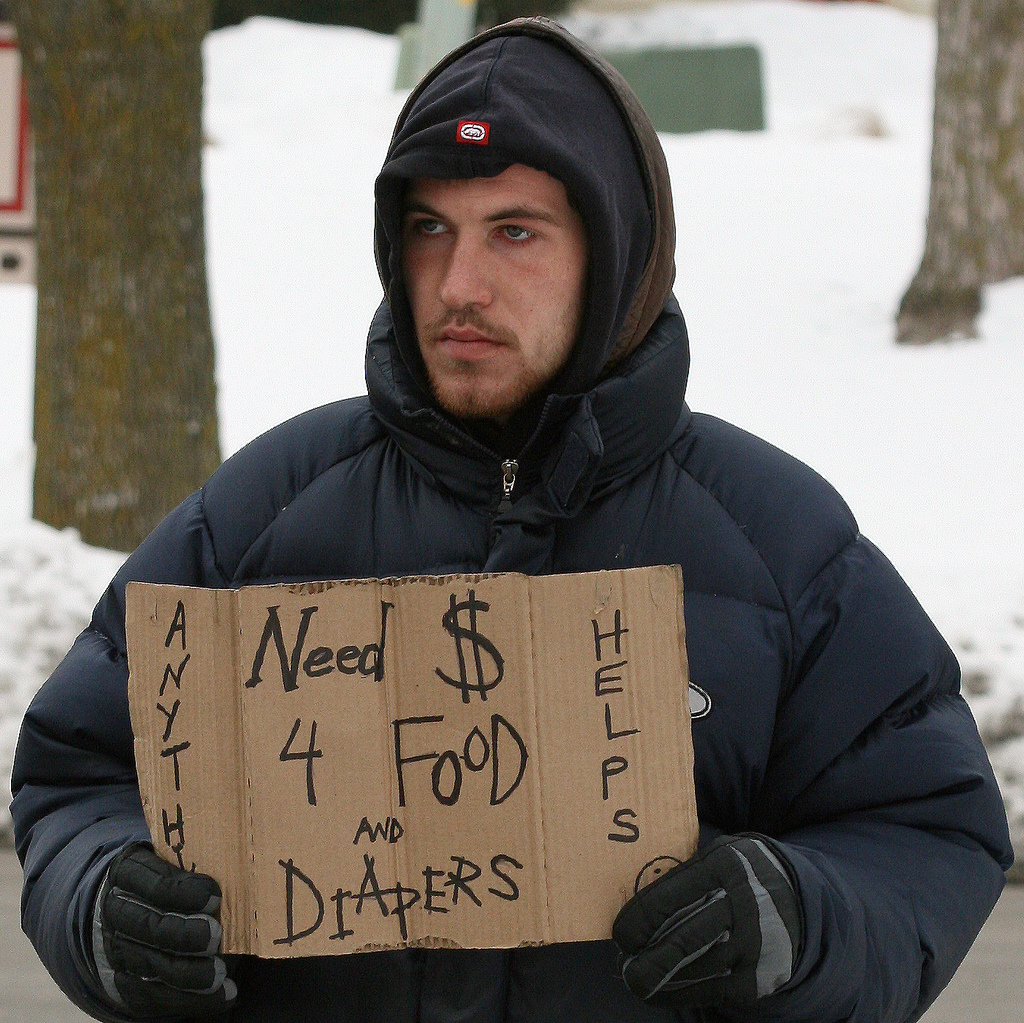Some 46 million people (a number representing more than 15 percent of the population) in the nation now live below the poverty line.
 Dismal figures released by the Census Bureau last week not only brought news of a record number of poor living in poverty in the United States, they also revealed that young people have suffered more than any other group during the nation’s economic downturn.
Dismal figures released by the Census Bureau last week not only brought news of a record number of poor living in poverty in the United States, they also revealed that young people have suffered more than any other group during the nation’s economic downturn.
Young people between the ages of 15 and 24 saw their family’s income fall 15.3 percent between 2007 and 2010, the most precipitous decline of any group. They were followed by those aged 45 to 54, who witnessed a fall off of 9.2 percent, while those 65 and older saw incomes rise by more than 5 percent, according to the Census.
Poverty experts have good reasons why the young have absorbed much of the pain.
“This group of young people has suffered enormously because of this recession,” said Curtis Skinner, director of the Family Economic Security Department at the National Center for Children in Poverty at Columbia University. “The big factor, of course, is the unemployment rate. Kids coming out of school, recent college graduates are having a particularly hard time breaking into the job market. “
The last few years have been rough, of course, because of the Great Recession. With a growth rate at around 1 percent and unemployment still stubbornly above 9 percent, the number of poor has steadily increased. Overall, family income has been eroded dramatically, down some 6 percent since the onset of economic troubles in 2008, while GDP has been anemic at best. Housing and real estate have lost much of their value and while the rate of homes in foreclosure slowed in recent months, a resurgence is expected as banks begin to clear a backlog.
Other economists point out that older Americans have not been effected quite as dramatically by the recession because many have been able to hold on to their jobs and they have retirement saving and pensions. Additionally, many older Americans are recipients of entitlement programs such as Social Security and Medicare.
The growing income gap between the young and the old could ignite a further debate over the nation’s priorities.
For example, Isabel V. Sawhill, an expert on budget policy at the Brookings Institution, told the New York Times, “we are spending too much of our limited resources on the elderly, and not investing enough in programs for younger Americans.”
The recent Census figures showed a nation with more than 46 million poor, or 15 percent of the population. It is the highest number of poor recorded in the country in 52 years.
Earlier, JJIE wrote about poverty figures released by the Annie E. Casey Foundation showing an even bleaker picture of child poverty in the nation using higher poverty thresholds.
Officials of the Casey Foundation said that 42 percent of the nation's children, or 31 million, were found to live in families with incomes twice the federal poverty line, or some $43,500 a year for a family of four.
The federal poverty threshold is currently set at $22,314 a year for a family of four. Skinner pointed out that using this threshold meant that this is only the third time since 1965 that the nation has seen the poverty level go above 15 percent, Both of the earlier occasions, in 1993 and in 1983, came in the wake of recessions.
He went on to say that in the past, young people have used economic downturns to go to school, to return to school or to continue in graduate school. But that silver lining, he said, is quickly melting away in this acrid economic environment where federal and state budget cuts are now seriously beginning to impact colleges and universities.
“Young people today,” said Skinner, “they are between a rock and a hard place.”
Photo credit: khteWisconsin/Flickr

Pingback: The Democrat Divide: The Generational Gap of the “Left” | Emerald
What can we do to help our youth?